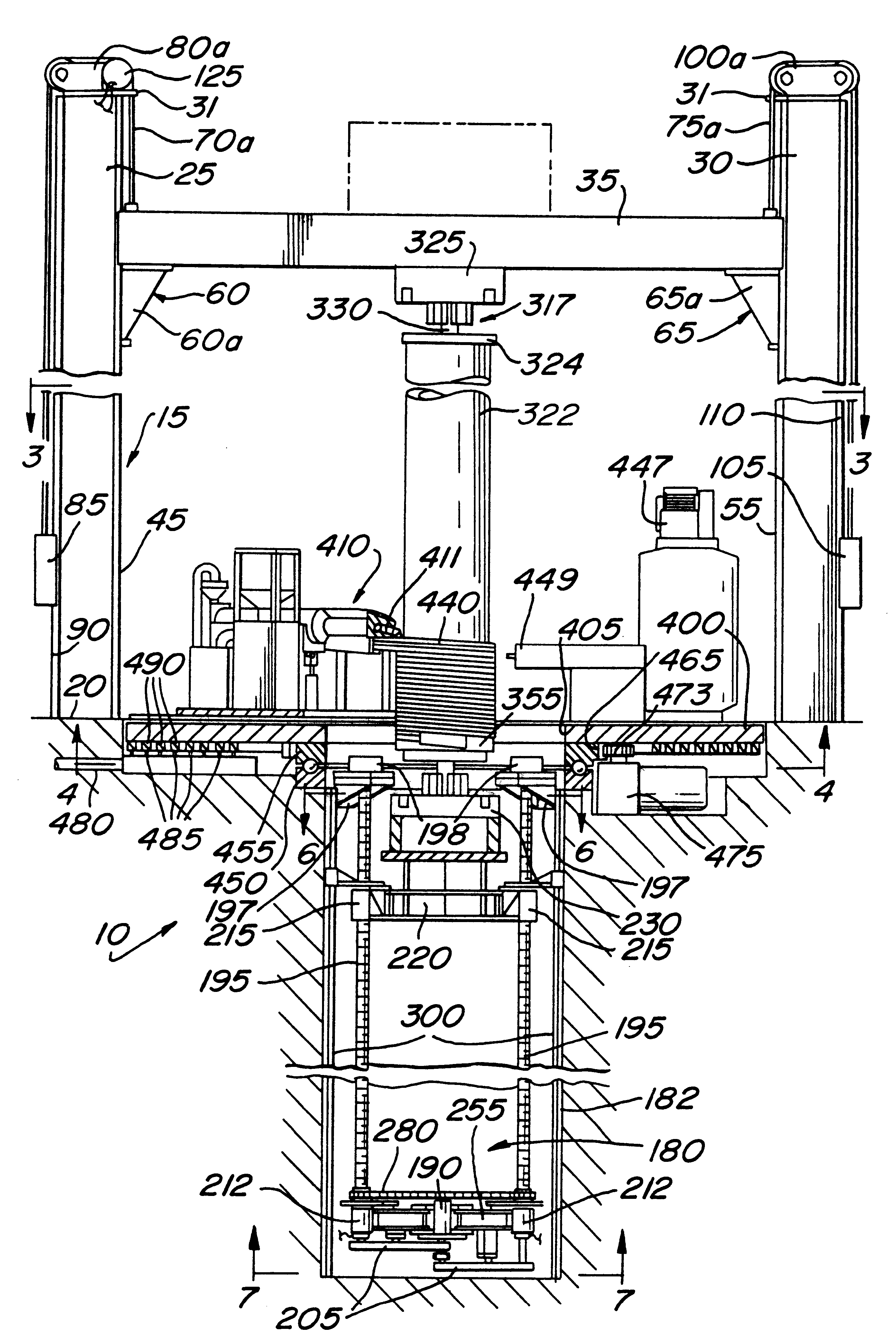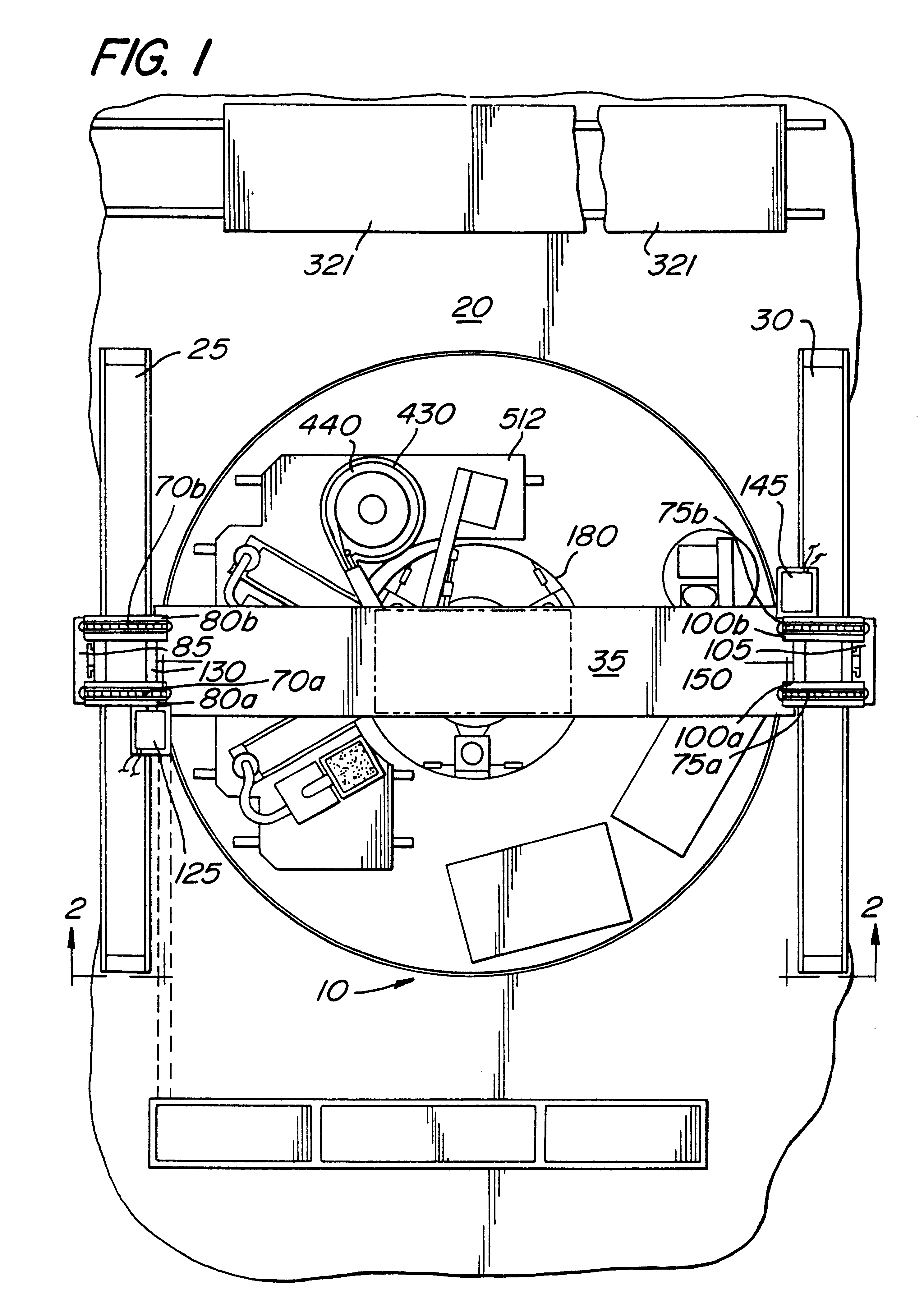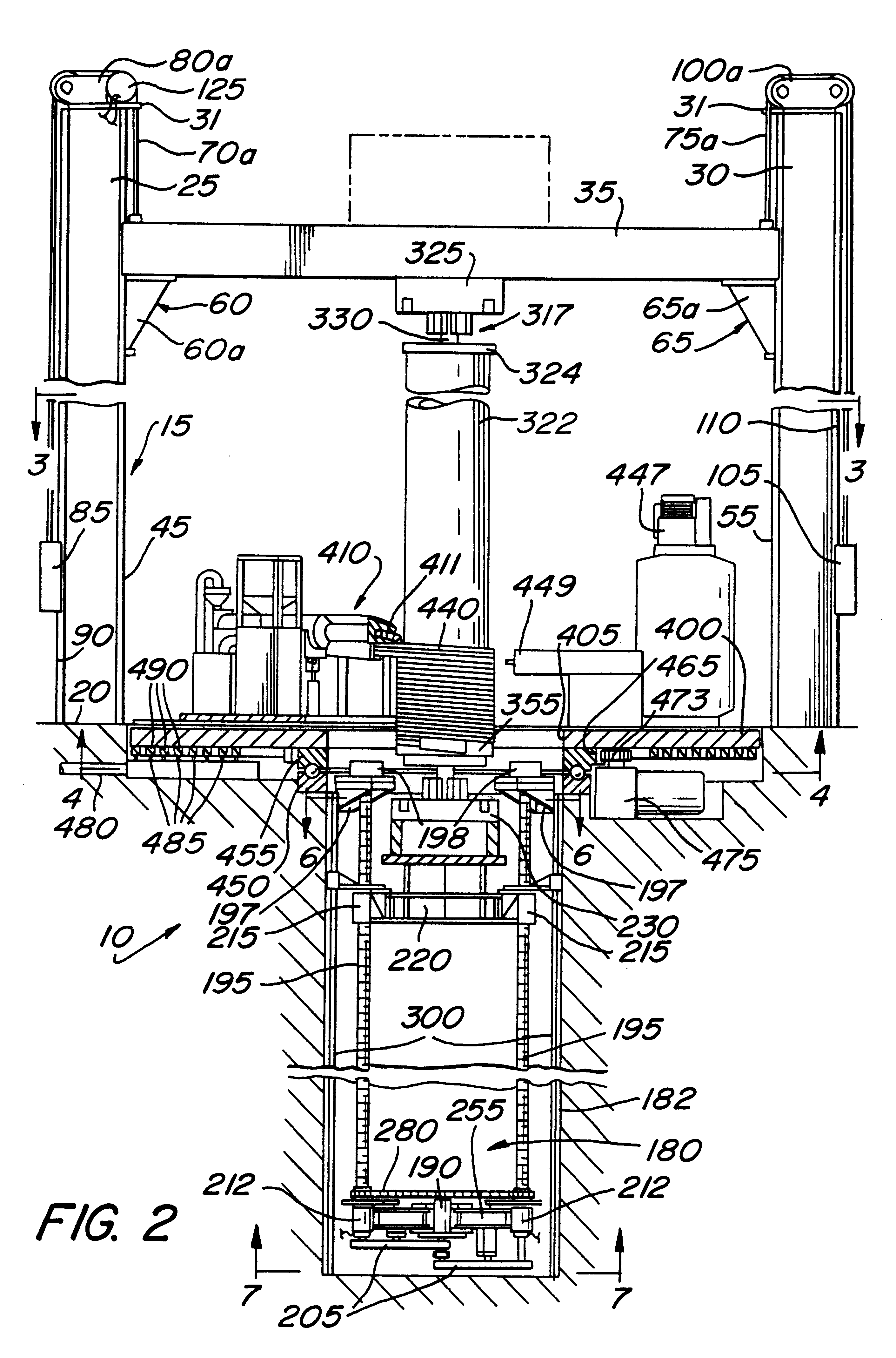Method and apparatus for covering a metal roll core with a polymeric material preferable a high performance thermoplastic material
- Summary
- Abstract
- Description
- Claims
- Application Information
AI Technical Summary
Benefits of technology
Problems solved by technology
Method used
Image
Examples
Embodiment Construction
Subsequent to the invention disclosed herein, improvements were made by the above-captioned co-inventor, Yang T. Shieh, alone. These improvements constitute the best mode contemplated by him, at the time of filing of this application, of carrying out his invention. These improvements are disclosed in a co-pending application and are hereby incorporated herein by reference for the purpose of disclosing the best mode known only to the co-inventor, Yang T. Shieh. The best mode known to the other co-inventors, Jose J. A. Rodal and Erik Vaaler, is disclosed in this application. The co-inventors, Jose J. A. Rodal and Erik Vaaler have not reviewed nor studied the contents of the co-pending application being filed on even date herewith.
Referring now in greater detail to the various figures of the drawings wherein like reference numerals refer to like parts there is shown at 10 in FIGS. 1 and 2, an apparatus for applying a polymeric covering to a metal roll core. Preferably, the polymeric co...
PUM
| Property | Measurement | Unit |
|---|---|---|
| Temperature | aaaaa | aaaaa |
| Length | aaaaa | aaaaa |
| Pressure | aaaaa | aaaaa |
Abstract
Description
Claims
Application Information
 Login to View More
Login to View More - R&D
- Intellectual Property
- Life Sciences
- Materials
- Tech Scout
- Unparalleled Data Quality
- Higher Quality Content
- 60% Fewer Hallucinations
Browse by: Latest US Patents, China's latest patents, Technical Efficacy Thesaurus, Application Domain, Technology Topic, Popular Technical Reports.
© 2025 PatSnap. All rights reserved.Legal|Privacy policy|Modern Slavery Act Transparency Statement|Sitemap|About US| Contact US: help@patsnap.com



